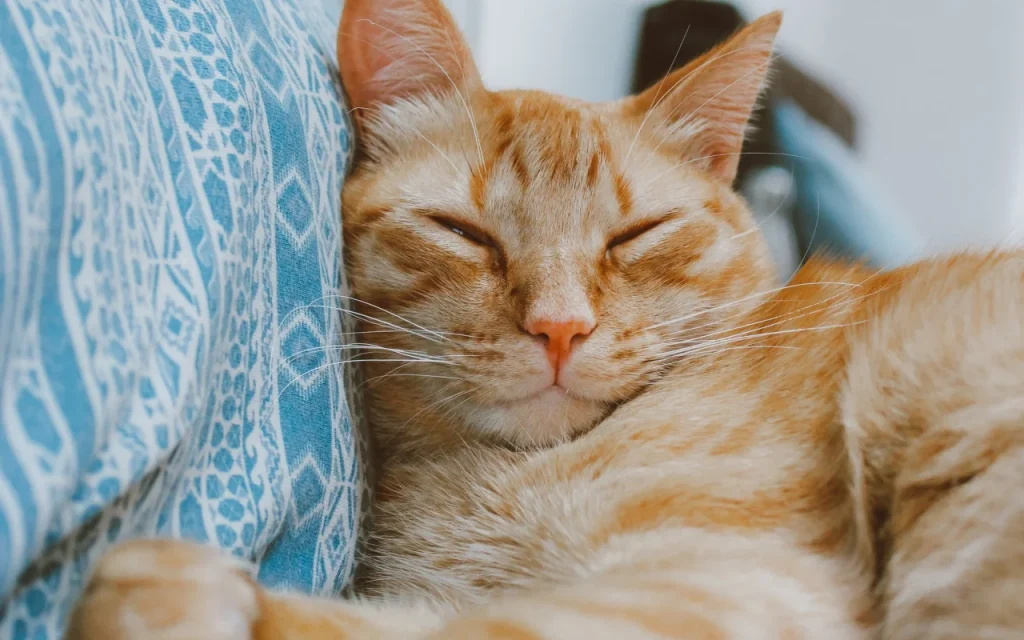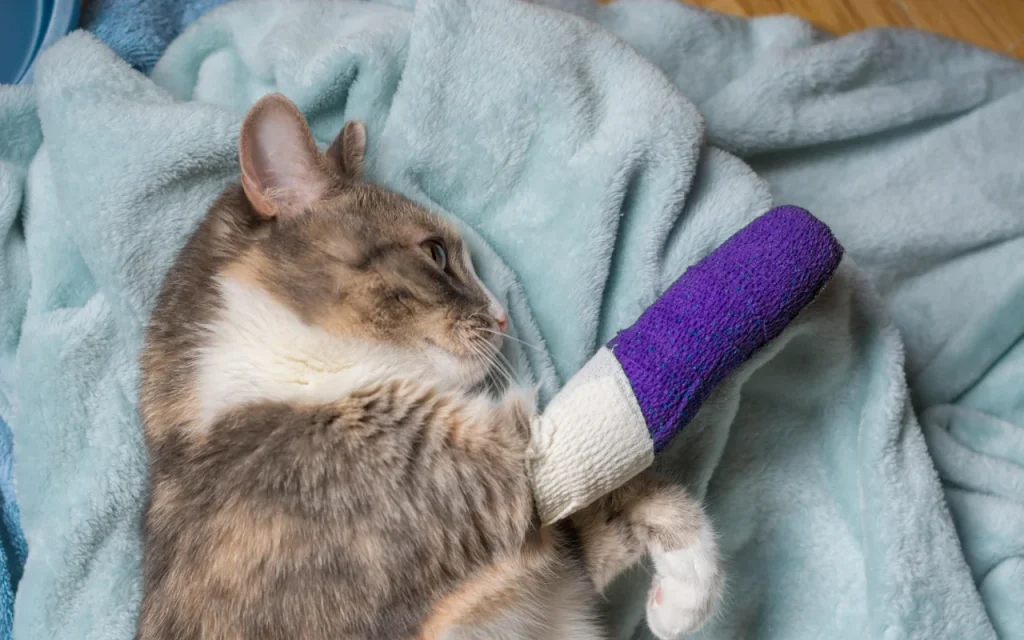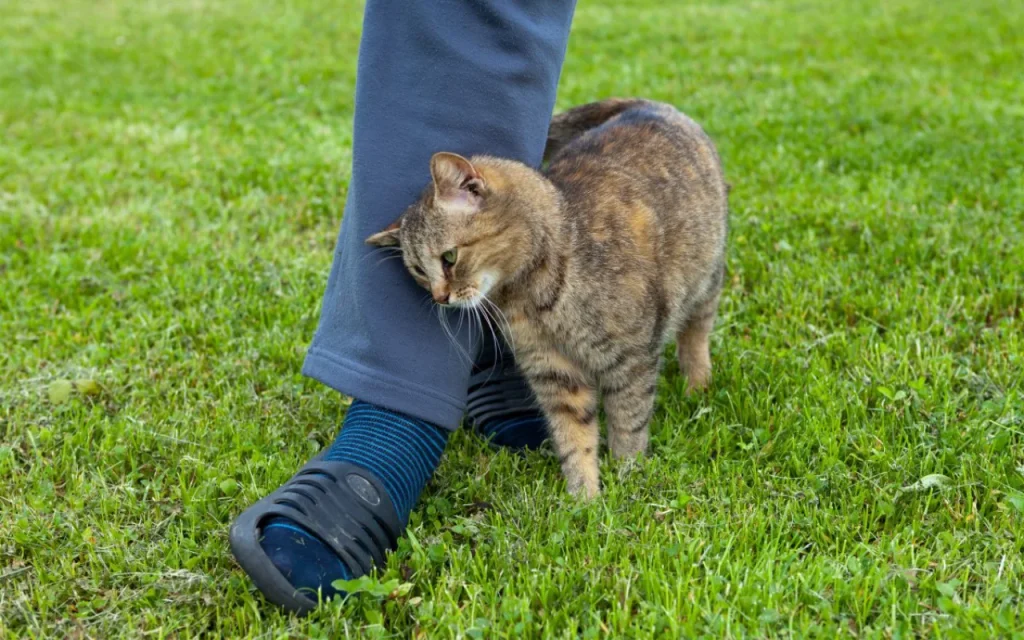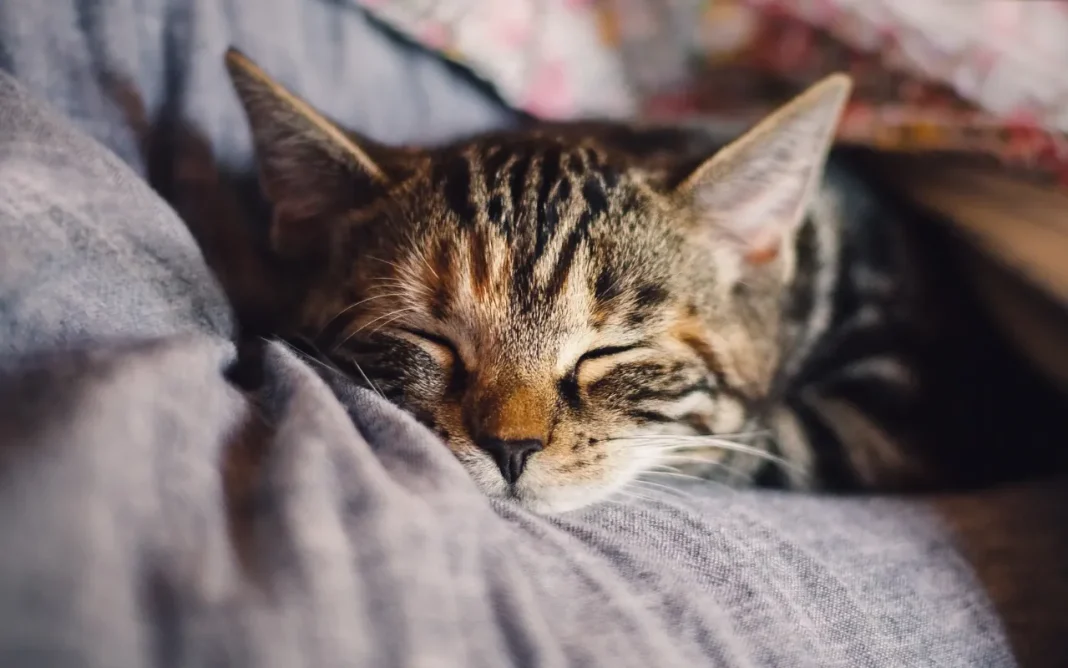A Vet’s Musings on That Magical Feline Rumble
(Entry 1)
More Than Just a Happy Sound? The Enduring Mystery of the Purr
It’s funny, isn’t it? After all these years as a vet, surrounded by cats of every stripe and temperament, that gentle, vibrating purr still holds a bit of magic for me. You’ve got a cat curled up, maybe on a client’s lap in the consult room, or one of my own snoozing on the sofa at home, and that soft motor starts up. It’s instantly calming, isn’t it? Most people hear a purr and think, “Ah, a happy, contented cat!” And a lot of the time, they’re absolutely spot on.
But here’s a little secret from the veterinary world: that purr is a much more complex and fascinating piece of feline communication than just a simple “I’m happy” signal. It’s like a cat’s multi-tool, used in all sorts of situations, some of which might surprise you! It’s something I find myself explaining to cat owners quite often, especially when they notice their cat purring at what seems like an odd time.
(Entry 2)
The Classic Purr: Rumbles of Joy and Connection

Let’s start with the one we all know and love best – the contentment purr. This is that blissful rumble you get when your cat is snuggled up with you, getting those perfect chin scratches, or maybe just blissfully kneading away on their favorite blanket. It’s their way of saying, “Oh yes, this is the life! I feel safe, loved, and utterly relaxed.” You can often see it in their whole body language – soft eyes, maybe a slow blink, a relaxed posture. It’s pure feline bliss, that sound.
And this connection starts super early. Tiny kittens, blind and deaf at first, will purr for their mothers just a few days after they’re born. It’s thought to be a crucial way for them to signal “I’m here, I’m okay!” and it also helps guide their mom to them. Plus, that vibration can actually help stimulate milk flow during nursing. And guess what? Momma cat often purrs right back, a soothing lullaby to her little ones, letting them know they’re safe and sound. It’s one of their very first forms of bonding.
(Entry 3)
A Surprising Superpower? The Purr’s Role in Healing and Self-Soothing

Now, here’s where it gets really fascinating, and something that still fills me with a bit of awe. Cats don’t just purr when they’re happy. I’ve seen cats purr when they’re injured, when they’re scared at the clinic, or even when they’re in considerable pain, sometimes even when they’re close to passing away. And for a long time, we wondered, why would they do that?
Well, the current thinking, backed by some pretty interesting science, is that purring might actually be a form of self-soothing and even a mechanism for healing! Cat purrs typically vibrate at a frequency between 25 and 150 Hertz. And get this – studies have shown that sound frequencies in this range can actually promote bone growth and repair, help heal tendons and muscles, provide pain relief, reduce swelling, and even make breathing easier. Isn’t that incredible?
So, when a cat is hurt or stressed, that purr might be their body’s clever little way of giving itself a bit of internal physiotherapy, a low-energy way to try and repair damage and calm themselves down. It’s like they have their own built-in healing device! I often think about this when I’m carefully examining an injured cat, and they start that deep rumble. It’s a reminder of how resilient and amazing these creatures are.
(Entry 4)
The “I Want Something!” Purr: Feline Negotiation Tactics
Ever had your cat sidle up to you around breakfast time, purring like a tiny outboard motor, maybe weaving around your legs, and perhaps even adding a little high-pitched meow into the mix? That’s likely what researchers have dubbed the “solicitation purr.”
It’s a clever bit of feline manipulation, if you will! Studies have found that this particular purr often has a normal low-frequency rumble mixed with a higher-frequency cry that’s surprisingly similar to the cry of a human baby. And we humans? We’re often wired to respond to that baby-cry sound! Our cats, little geniuses that they are, might have figured out that this special purr is pretty darn effective at getting us to notice them and, more importantly, fill up that food bowl or offer a treat. It’s not just a happy purr; it’s a purr with a purpose!
(Entry 5)
Hello There! Purring as a Friendly “How Do You Do?”

Sometimes, a purr is simply a friendly greeting. Your cat might come trotting up to you when you get home from work, tail held high, and start purring as they rub against your legs. Or they might greet another friendly, familiar cat in the household with a soft rumble. It’s their way of saying, “Hey, good to see you, all is well, I’m feeling friendly.”
(Entry 6)
Just Briefly: How Do They Actually Make That Amazing Sound?
People often ask me, “How do they do that? Is it like a little engine in there?” Well, it’s not quite an engine, but it is pretty clever! The most widely accepted theory is that it starts in their brain, with a kind of “neural oscillator” that sends rhythmic messages to the muscles in their larynx (their voice box). These muscles then twitch very rapidly, causing the vocal cords to vibrate as the cat breathes in and out. And that’s what creates that characteristic continuous purring sound we know so well. It’s a smooth, two-way rumble, happening on both the inhale and the exhale.
(Entry 7)
Listening Closely: When a Purr Might Warrant a Little More Thought
So, as you can see, a purr isn’t just a purr. Most of the time, it’s a lovely sign of a happy, relaxed cat. But because they do also purr when they’re stressed or in pain, it’s always important to look at the whole picture – the context and their overall body language.
If your cat is purring but also hiding, not eating, seems tense, is limping, or showing any other signs that they’re not their usual happy self, then that purr might be their way of trying to cope with discomfort. And that’s definitely a time to give your vet a call. We can help figure out if that purr is a happy one, or if it’s a little signal that they need some help.
But mostly? That beautiful, rumbling purr is one of the most special and comforting sounds in the world, a true testament to the unique bond we share with our feline friends. It’s a little bit of everyday magic, isn’t it?











